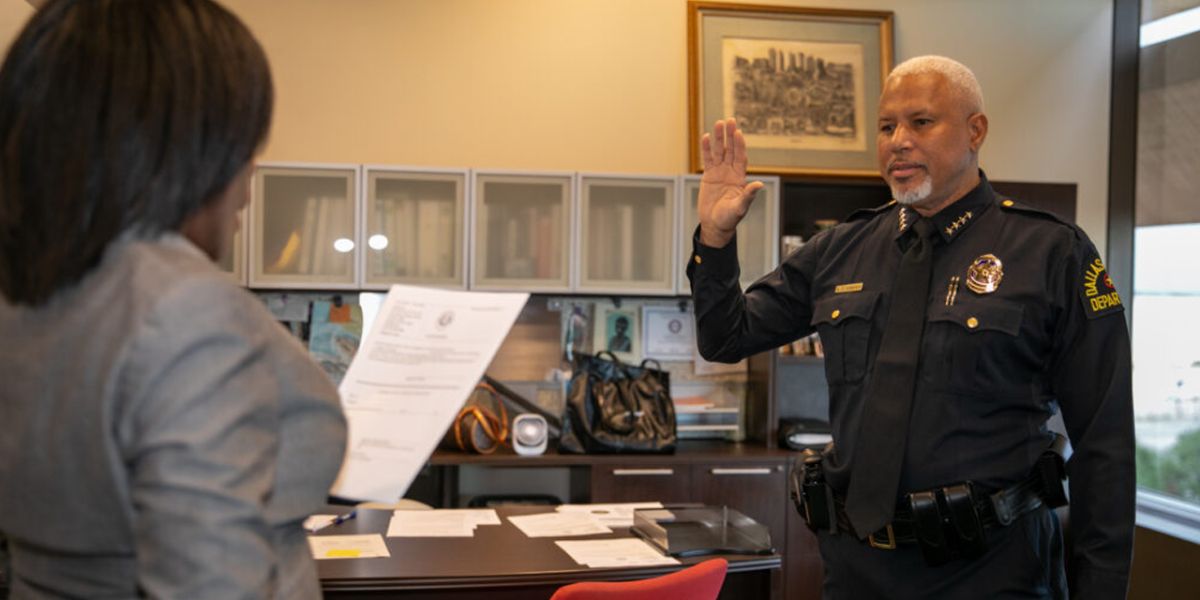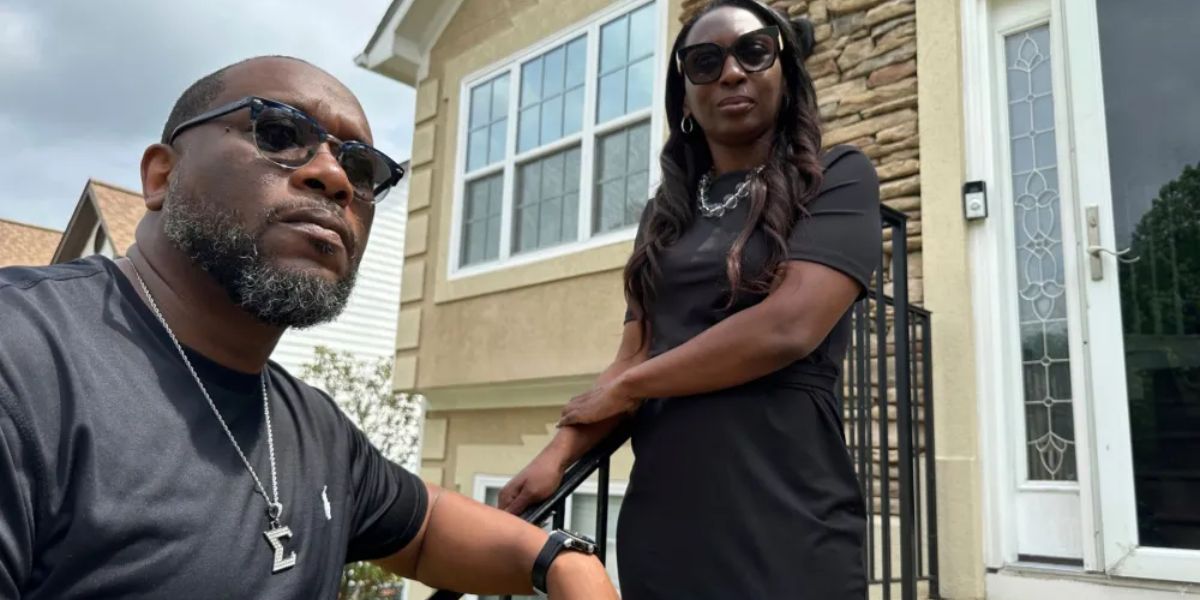Call for medical screening, instructor training, and accountability follows AP investigation into 29 deaths over the last decade
WASHINGTON, D.C. — A national panel of law enforcement health experts is sounding the alarm over preventable deaths at U.S. police academies, urging systemic reforms in both policy and training culture to curb a troubling trend of heat- and exertion-related fatalities.
The announcement Wednesday follows an Associated Press investigation that uncovered at least 29 deaths among recruits since 2013 — many occurring on the first day of training, or during physically grueling sessions in extreme heat. An overwhelming number of these cases involved Black recruits, who made up nearly 60% of those who died, despite accounting for only 12% of police forces nationwide, according to federal data.
Hidden Dangers in Police Training
According to the AP, most fatalities were linked to exertion-induced conditions such as heatstroke, dehydration, and complications from sickle cell trait — a hereditary blood condition most common in Black Americans. Experts say the deaths are a result of outdated practices, poor medical oversight, and a culture that discourages vulnerability or self-reporting of health concerns.
“This is not just a medical issue; it’s a systems issue,” said Traci Tauferner, a law enforcement athletic trainer and member of the International Association of Chiefs of Police committee examining the crisis. “We cannot let these things slide.”
Tauferner and other experts presented their findings at a panel organized by the National Athletic Trainers’ Association and the Public Safety Athletic Trainers Society, both of which are now drafting new national guidance for police academy training standards.
A Push for Screening, Oversight, and Culture Change
Tauferner emphasized the need for pre-training sickle cell trait screenings — a $75 test widely adopted in college athletics after similar deaths — and insisted it would not be used to disqualify candidates. Instead, she said, the results would help instructors and recruits take life-saving precautions.
Other recommendations included:
- Mandatory hydration and heat mitigation protocols
- Pre-academy and exit-level fitness benchmarks
- Instructor training to recognize heat stroke and exertional illness
- Staffing athletic trainers or medical personnel during physical drills
- Ensuring safe reporting channels without fear of reprisal
Anna August, the athletic trainer for Virginia’s Fairfax County Police Department, warned that inconsistent training standards and insufficient medical oversight leave recruits particularly vulnerable.
“The task of preventing injury or death sometimes slips through the cracks,” August said. “Instructors are overtasked, and many lack the training to recognize medical emergencies like heat illness.”
Building National Standards Amid a Patchwork System
Brian Grisham, deputy director of the International Association of Directors of Law Enforcement Standards and Training, confirmed that his organization is also developing guidance in collaboration with police chiefs, accrediting commissions, and law enforcement medical professionals.
“We’re looking at new baseline fitness standards, screening protocols, and medical response staffing,” Grisham said. “If we can save even a small percentage, we’re doing something worthwhile.”
Grisham acknowledged that many academies still operate without athletic trainers or emergency medical personnel on-site — a gap that can prove fatal in high-risk drills. One of the group’s draft recommendations includes expanding the use of athletic trainers in all physical components of academy training.
Urgency and Equity at the Core
What makes these deaths even more urgent, experts say, is their disproportional impact on Black recruits. Sickle cell trait — not often tested for outside of elite athletic settings — has become a quiet but deadly risk factor in the law enforcement community.
“This is not about lowering standards,” Tauferner said. “It’s about understanding risk and protecting life.”
With no federal mandates regulating police academy health protocols, these efforts aim to build a new foundation for safety — one rooted in both scientific evidence and racial equity.



